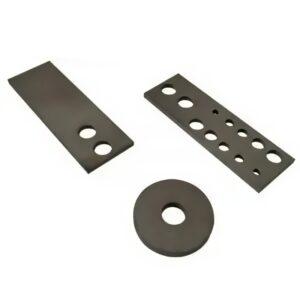
The corrosion test (hanging) is widely used as an important means to detect and monitor the corrosion of specific materials or media, and the authenticity of its data will directly affect the relevant research results and the applicability of anti-corrosion measures, such as corrosion inhibition research and evaluation. As an important part of the method, the quality of the corrosion test coupon will have an important impact on the data. This article will introduce the Carbon Steel Corrosion Coupon.
Hang the corrosion test sheet in the test container, field test heat exchanger, or test pipe. Use it to determine the standard metal test sheet for corrosion. Detect or evaluate the corrosion status of the cooling water system. Generally, place the pre-treated and weighed metal test pieces in the test system for a set time, such as 30 to 90 days. Remove the test pieces at different intervals, like 30, 60, or 90 days. During long-term observation, place 12 or 24 test pieces each time. Take out 1 or 2 pieces monthly, clean them, and weigh them to determine metal corrosion weight loss. Measure the corrosion type and pitting depth to establish the corrosion rate. Finally, draw the corrosion rate time curve.

Monitoring Time
The monitoring time of corrosion test pieces is generally 30 to 90 days, and the same group of test pieces can also be taken out at different times, such as 30 days, 60 days, 90 days, etc. For long-term observation, 12 or 24 test pieces were placed each time, and 1 or 2 pieces were taken out every month to determine the corrosion rate respectively. Finally, the time curve of the corrosion rate is drawn.
Processing implementation standard: HG/T 3523-2008 cooling water chemical treatment standard corrosion test sheet technical conditions
Application field: It is suitable for the research of water quality management and water quality treatment agents, as well as the corrosion research and monitoring of other systems
Common materials: A3 carbon steel test piece, 20# carbon steel test piece, stainless steel test piece, brass test piece, copper test piece, aluminum test piece, cast iron test piece, etc.
Storage and use:
1. Scrub the standard corrosion test piece with degreasing solution in distilled water, then wash it with distilled water for 15 seconds.
2. The standard corrosion test sheet (corrosion hanging sheet) is scrubbed twice with skim in chemically pure anhydrous ethanol (50ml/ 10 pieces);
3. The standard corrosion test piece (corrosion hanging piece) is placed on dry filter paper and dried by cold air;
4. The standard corrosion test piece (corrosion measuring hanging piece) is wrapped in filter paper, placed in the dryer, and weighed for use after 24 hours.
5. Store the original package test piece in a place without corrosive gas and moisture-proof;
6. The standard corrosion test sheet (corrosion test sheet) that has been opened and not used up should still be placed on the rust-proof paper and placed in the dryer.
7. Determine the hanger’s mounting part based on the test purpose. Prioritize areas with the most severe corrosion and representative dissolved oxygen content.
8. Pay attention to the test piece’s hanging direction in the system. Ensure corrosion products do not scatter on adjacent test pieces.
9. The hanging position on the test piece should be relatively fixed, and the test pieces in the same part should be under the same environmental conditions.
10. During the installation process, do not touch the hung test piece with hands.
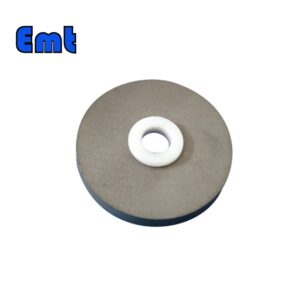
New hanging sheet treatment (standard hanging sheet for sealed packaging) :
1. Dip the new hanging piece into anhydrous ethanol and scrub it twice with absorbent cotton.
2. Then transfer to clean anhydrous ethanol soak for a while.
3. Place on clean filter paper and dry with cold air.
4. Wrap with filter paper, place in a dryer, and weigh for 24 hours before use (weighing to 0.1g).
Processing of hanging film after use:
1. Carefully remove the hanging piece after use, observe and record the surface condition before processing.
2. If the corrosion deposition is not obvious, wipe it with a drawing eraser to expose the metal color, then immerse it in anhydrous. Ethanol and scrub it twice with absorbent cotton, then immerse it in clean anhydrous ethanol for a moment, remove it, put it on clean filter paper, and blow it with cold air.
Differences between Cycle-type carbon steel corrosion coupons and strip-type corrosion coupons
Cycle-type carbon steel corrosion coupons and strip-type corrosion coupons differ mainly in shape and application. Cycle type coupons are circular, offering uniform exposure to corrosive environments, making them ideal for consistent results across all surfaces. Strip type coupons, being rectangular, are easier to insert into tight spaces and provide a larger surface area for testing. The choice between them depends on the specific requirements of the testing environment. While cycle type coupons are better for even exposure, strip type coupons are more versatile for varied pipeline configurations. Both types help assess corrosion rates and inform maintenance strategies effectively.


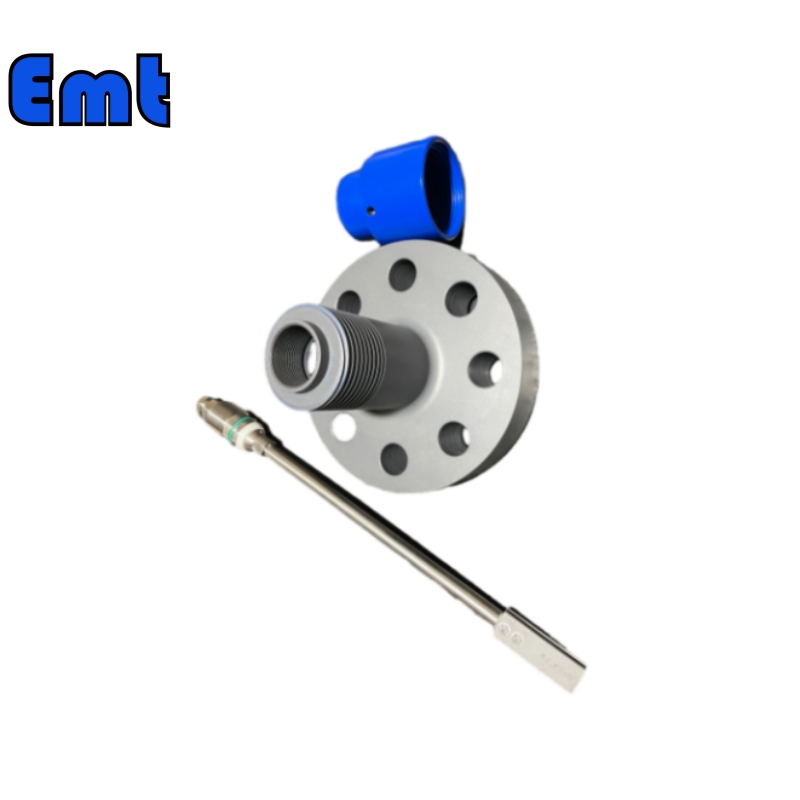
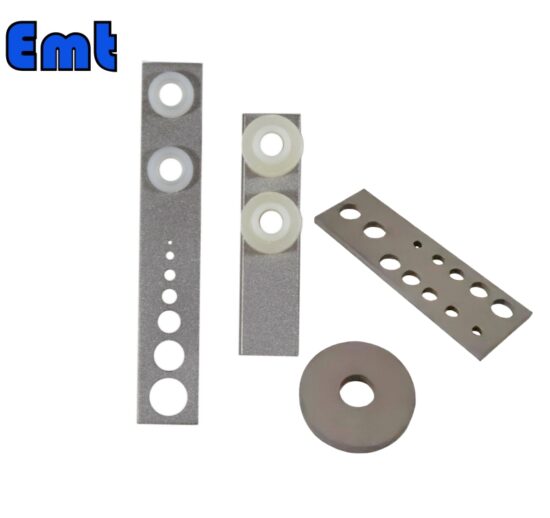

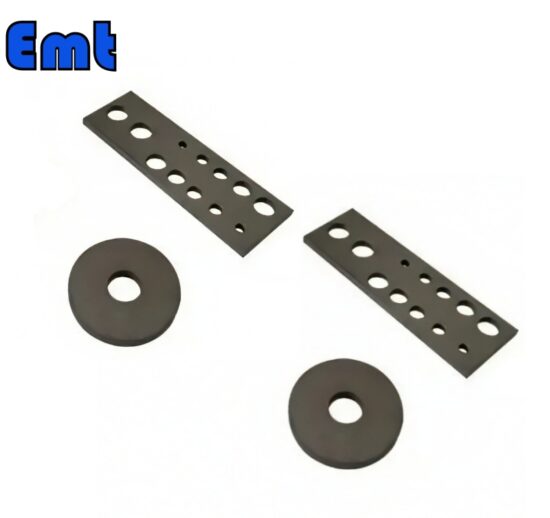
هنوز هیچ بررسی وجود ندارد.